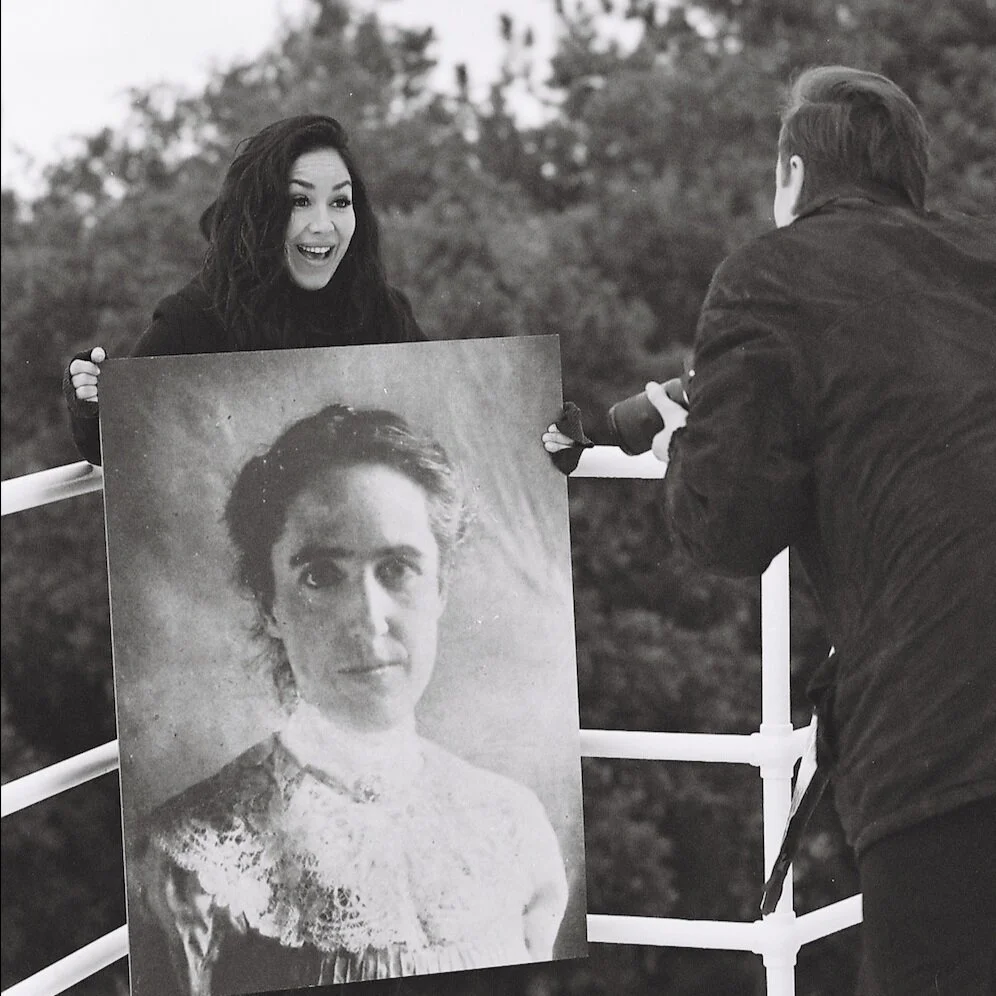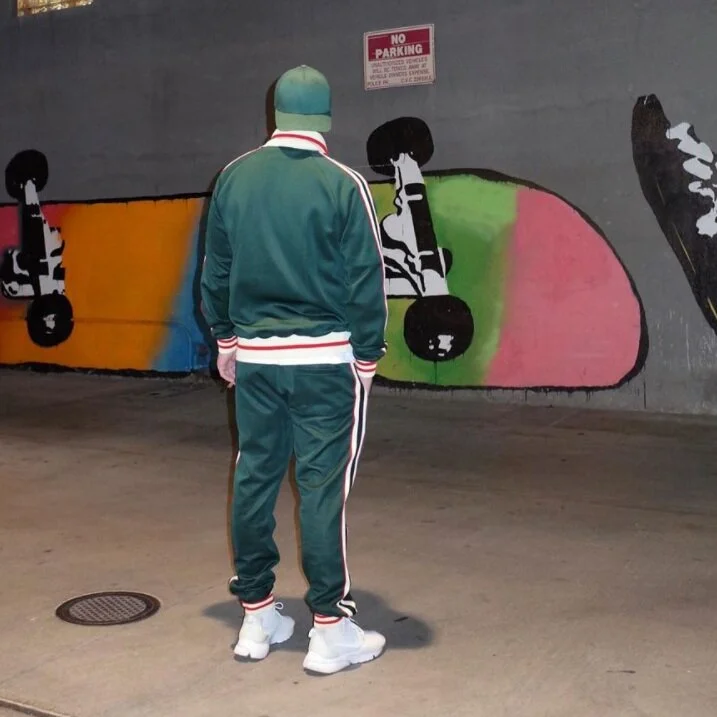WRITING
I have been writing stories for as long as I can remember. In recent years, it has become a very important part of my life. Both as an editor and writer I have been part of many exciting stories all over the world. I have reviewed international exhibitions, chatted with people at NASA, The Griffith Observatory and JAXA and published academic texts about how art and science can benefit from each other.
Here are some selections of the work I have published over the years.
EXHIBITION REVIEWS
This new temporary solo exhibition presents Jason Wilsher-Mills joyful exploration of the body and illness. Commissioned by Museums Journal, this review explores how the artist channelled his childhood trauma into art and what we can do to make exhibition spaces accesible to all.
Image: Wellcome Collection
Being Human, Wellcome Collection, London
This new permanent exhibition at Wellcome Collection explores what it means to be human through our relationships with others and the environment.
Commissioned by Museums Journal, this review looks at the new show and analyses the different voices and identities present in the exhibition.
Image: Wellcome Collection
somewhere in between: Exploring Art and Science Collaborations
The latest art and science exhibition at the Wellcome Collection, Somewhere in Between, explores ideas about cattle farming, multisensory synaesthesia, sexual health and virus transmission, and the human capacity to breathe.
Commissioned by Labiotech, this review looks at of four art-science projects stemming from projects funded by the Wellcome Trust with the aim to “consider unanswered questions, hidden systems and intangible connections.”
Image: Science Gallery London
Reflecting on successful collaborations: Spit Crystal
Art has historically been perceived as an instrument of beauty. In the words of Kant, art has a “purposiveness without a purpose”. This means that even though the artwork might be done with a purpose, the artwork is the purpose itself. In line with Kant’s view, the famous poet and playwright Oscar Wilde said: “All art is quite useless”. It seems logical to assume that this is only true if a true purpose ought to be external to the agent, if having a purpose means serving an external force.
INTERVIEWS
Image: Judit Agui
Looking for Hubble – a day at Mount Wilson Observatory
On the 8th of March 2020, the Global International Women’s Day I met Jessica Rodriguez, STEM program coordinator at Mount Wilson Observatory and strong advocate for diversity and equality in STEM. Jess’s job involves bringing students from LA to visit Mount Wilson, the mountaintop where humanity discovered its place in the Universe.
Image: Clemens Fantur
OMG Greenland’s Levels are rising
Oceanographer Dr Josh Willis invited me to NASA’s Jet Propulsion Laboratory to talk about his current study of the sea level rise in Greenland. In this interviews we speak about about his travels, the importance of raising public awareness about climate change and his acting career as Climate Elvis.
Image: PLASMA Magazine
Don’t Stop Me Now: A Rideshare Mission
Amanda Stiles is Director of Mission Management and Integration at Rocket Lab, leading a team that works with the Lab’s mission partners to launch their satellites onboard the Electron rocket. For PLASMA 5, I spoke to her about her career in aerospace and female empowerment.
Image: PLASMA Magazine
THE DRAGON’S ENTRAILS
On 7th March 2020, the CRS20 Dragon cargo capsule was launched for the last time, propelled by the Falcon 9 on its way to the International Space Station. JP, a Fluid Systems Prop Technician at SpaceX, was part of this mission. I met JP during our stay in LA atop the ACE Hotel in Downtown to chat about sustainability, his daily work at Space X and how sci-fi has inspired his career.
Image: Clemens Fantur
Social Media is where the science is
Emily Furfaro is a Social Media specialist at NASA in Washington DC. From remote locations on Earth to the depths of outer space her and her team take the public behind the scenes to understand the mysteries of our Universe. I met met up with Emily during my stay in Washington to understand the pros and cons of posting for NASA, and what the future of social media in space will look like.
Image: PLASMA
Star beats
Jim Fuller is a professor of theoretical astrophysics as CalTech. Jim studies the physics of ‘vibrating fluid spheres’ and is currently applying this knowledge to studying plasma movements in stars. Internal gravity waves in stars cause constant vibrations, which can be detected through brightness changes. I spoke to Jim about his research and how ‘listening’ to the stars is helping researchers determine the composition and magnetic fields.
Image: Clemens Fantur
Duchampian
Hillary Mushkin is a Research Professor of Art and Design at Caltech in Los Angeles. Her interest lies in developing collaborations between scientists, artists, designers and engineers to explore new avenues of research. I met up with Hillary in her office at Caltech to find out more about the benefits of interdisciplinary collaboration and upcoming projects.
Image: Clemens Fantur
Future Rocket leaders
UCLA Rocket Project is a collegiate-level engineering team under the UCLA chapter of the American Institute of Aeronautics and Astronautics. They focus on rocketry in all its aspects and combine nearly every discipline of engineering in their designs. They invited the PLASMA team into their rocket workshop to tell us more about how future rocket masters are born.
Image: Jack Brougham
Beyond Covid-19 infection: the social determinants of health
During the Covid-19 lockdown in London I spoke to Dr Devakumar whose recent research at University College London analyses the increase increase in Covid mortality for ethnic minorities in the UK, with Black and Caribbean minorities showing the highest mortality.
Image: Diana Wehmeier
Zackey Force Funk
Since he moved from Tulsa, Arizona Zackey’s career has gone from building airplanes on parole to inspecting rockets and becoming a major name in the LA funk music scene. The PLASMA team met Zackey at Fingeprints in Long Beach to talk about his music career, the LA club scene and his work at Space X.
Image: Planetary Society
Sailing into the Sun
Founded in 1980 by Carl Sagan, Bruce Murray and Louis Friedman, the Planetary society connects people all around the world with space exploration. Bruce Betts, Chief Scientist and LightSail Program Manager, invited me to visit to hear more about the LightSail programme, it’s impact in the future of sustainable aerospace and how the Planetary Society is helping drive science and technology forward.
JOURNALISM
Image: Katinka Schuett
FUTURIUM
In Berlin, start-ups are driving technology and shaping the future, introducing innovation and change in society – but how much power do ordinary people have? Futurium is a new space in the centre of Berlin that poses this question to its visitors daily. How do they want to live? I spoke to architects Richter and Musikowski and David Weigend, Head of Education and Participation to find out more about what makes this place the House of Futures.
Image: Nora Heinisch
SENS O Spheres
Felix is part of a small research group formed by 6 PhDs at the Technical University in Dresden who are leading the concept of the “Smart Lab”. The idea for the lab of the future consists of three key areas: digitalisation, automation and miniaturisation. Within this field they are trying to establish different projects, such as lab automation or image processing of culture dishes. The, sens-o-spheres, their most exciting project, is currently driven by the idea of miniaturisation.
Image: Airbus
Sustainable travelling
Going green has become synonymous with our modern society and when it comes to travel, there’s much to be done. Air travel is currently one of the largest contributors of greenhouse gases. It’s imperative that technology keeps pace with the increased flight demand of tomorrow.
Image: Florian Gaertner
Breaking Borders: THE FALLING WALLS CONFERENCE
On the 9th November (2019), Germany and the world, celebrated the fall of the Berlin Wall, and with this event came global peace, new frontiers and a united way of thinking. Even though this dark expanse of no-man’s land does sometimes seem like a backdrop to our current politics, the meaningfulness of what proceeded is a reason for global celebration.
Image; Berlin Science Week
Free Robot Hugs
What is the future of work? How will climate change influence our eating habits? Can AIs make art?
Berlin Science Week’s intersectional free programme of events includes over 130 events ranging from science lectures, interactive activities and school talks in ground-breaking venues and unexpected locations across Berlin.
Image: PLASMA
Brain City Berlin
When one thinks of Berlin the first thing that comes to mind is its multicultural scene, booming with artists and musicians from all over the world. With over 3.5 million inhabitants, the German capital has made an international name for diversity, equality and cooperation. This article , commissioned by Berlin Partner, delves into the many research centres and interdisciplinary academic networks the city hosts.




















